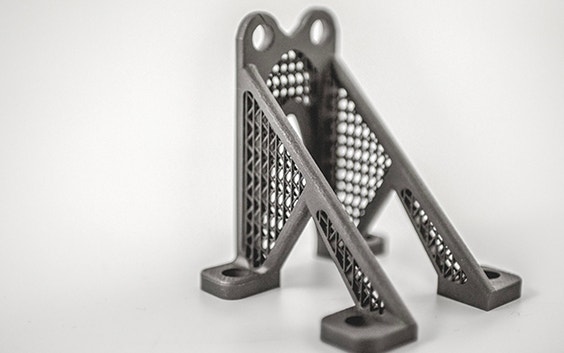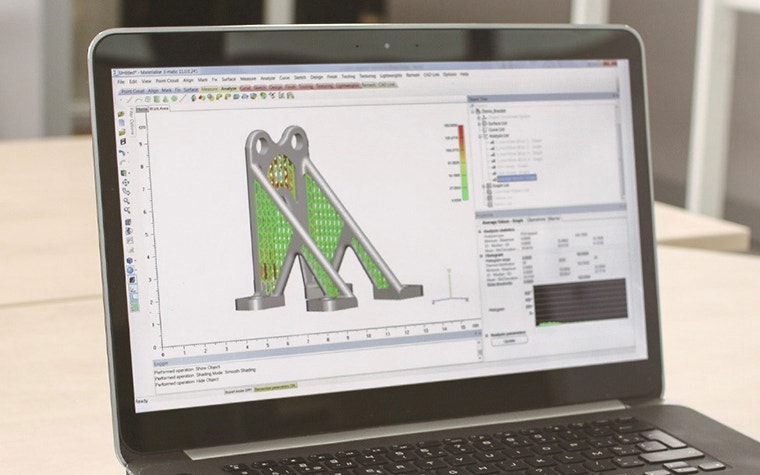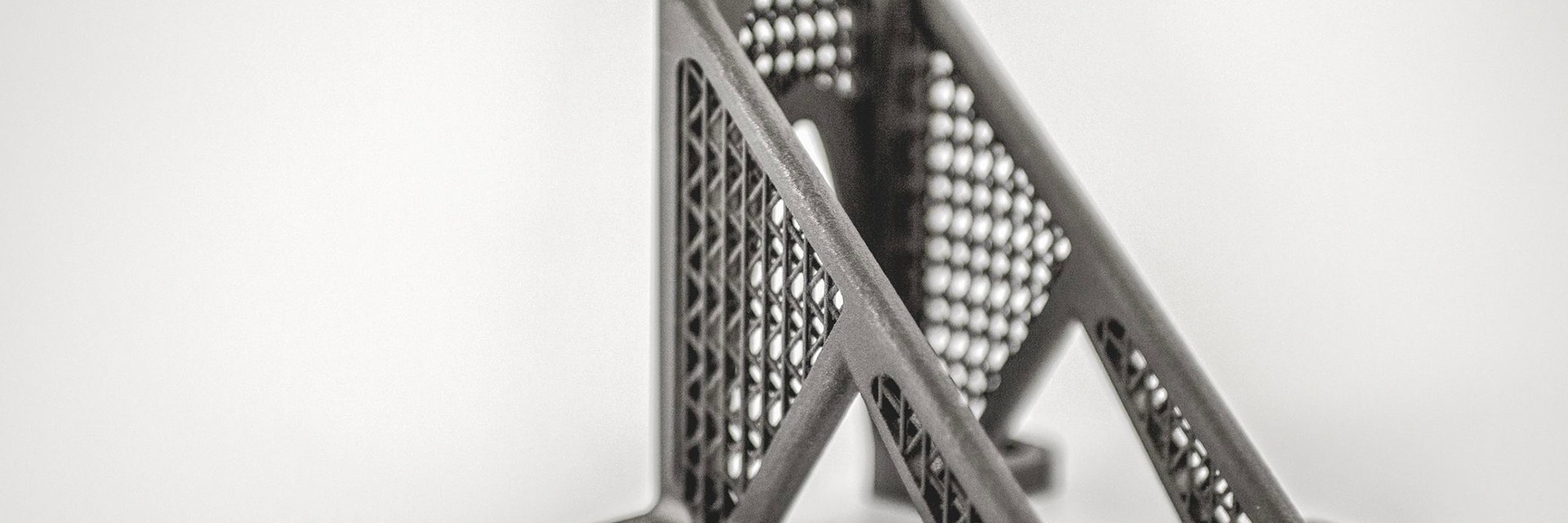EXPERT INSIGHT
How Do You Make an Optimized Titanium Aerospace Part as Light as Possible?

Some of the big benefits of 3D printing for aerospace are design freedom, short lead times, and the creation of lighter and more durable components. In this article, we look at how to produce a metal part that is as light as possible, has the required stiffness and structural integrity, and requires the least post-processing.
Weight is a huge consideration when designing parts for aerospace — lighter parts mean a smaller carbon footprint and less fuel consumption. Short lead times are also crucial, especially for time-critical repairs. However, saving on weight and time can never come at the expense of structural integrity. So how can you get the most out of additive manufacturing technology for aerospace to deliver lightweight, quality parts when they’re needed? We took a solid bracket and tried it out for you.
First, the topology of a solid bracket (design space) with indicated loads was optimized. Only 43% of the original volume remains. Since this optimized design still required considerable support structures for the 3D printing process, we replaced the supports with cellular structures using Materialise 3-matic software. Less support structure leads to less post-processing work, which saves time.
Next, we replaced additional solid zones with the same cellular structure to reduce the part’s weight while ensuring that these structures didn’t compromise the part’s strength. The cell size and position of the cellular structure were chosen to ensure optimal stiffness and printability of the part.
Finally, we modified the beam diameters according to stresses to further optimize the part. We tested the stress accumulation in the final design and checked if topological changes were necessary.


After these simulation iterations, the bracket’s weight was reduced by an impressive 63% from its original design space and was successfully printed at our Metal Competence Center in Bremen.
With Materialise software that is perfectly compatible with simulation and analysis software, you can create strong, lightweight industrial metal parts.
Partageons :
Vous aimerez peut-être aussi
Ne ratez jamais une histoire comme celle-ci. Recevez-les dans votre boîte de réception une fois par mois.
